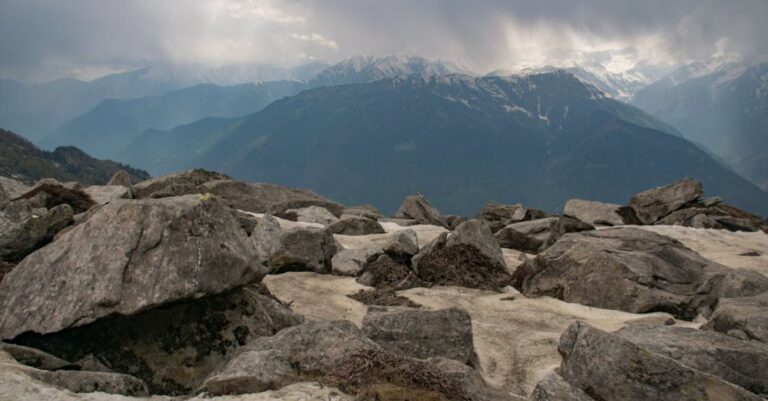
The Galapagos Islands are a unique and fascinating place, known for their diverse ecosystems and the incredible array of species that call them home. One of the key aspects that contribute to the understanding of the evolution of these islands is geological studies. By delving into the geological history of the Galapagos, scientists can uncover valuable insights into how these islands formed and how they have influenced the evolution of the species that inhabit them.
Formation of the Galapagos Islands
The Galapagos Islands are a group of volcanic islands located in the Pacific Ocean, approximately 1,000 kilometers off the coast of Ecuador. These islands were formed through a process known as hotspot volcanism, where a tectonic plate moves over a stationary hotspot in the Earth’s mantle, leading to the formation of a chain of volcanic islands. The Galapagos hotspot is located at the boundary of the Nazca and Cocos tectonic plates, resulting in the creation of the islands we see today.
Geological studies have shown that the oldest islands in the Galapagos archipelago are located to the east, with the youngest islands forming to the west. This pattern of island formation provides valuable information about the movement of the tectonic plates and the direction in which the hotspot has been moving over time. By studying the age and composition of the islands, scientists can piece together a timeline of the geological history of the Galapagos, shedding light on how these islands have evolved over millions of years.
Impact on Species Evolution
The geological history of the Galapagos Islands has had a profound impact on the evolution of the species that inhabit them. The isolation of the islands, combined with their unique geological features, has led to the development of distinct ecosystems and a high level of endemism among the flora and fauna. For example, the famous finches studied by Charles Darwin during his visit to the Galapagos in the 19th century exhibit a variety of beak shapes and sizes that are adapted to the different food sources available on each island. This adaptation is a result of the isolation of the islands and the different environmental conditions present on each one.
Geological studies have also revealed the role of geological events such as volcanic eruptions and seismic activity in shaping the evolution of species on the Galapagos Islands. For instance, a volcanic eruption can create new landmasses, providing opportunities for colonization by plants and animals from neighboring islands. Similarly, seismic activity can alter the landscape of an island, leading to changes in habitats and the subsequent adaptation of species to these new conditions. By understanding the geological processes at work on the Galapagos Islands, scientists can gain a deeper insight into how these events have influenced the evolution of the unique flora and fauna found there.
Conservation and Management
In addition to enhancing our understanding of the evolution of species on the Galapagos Islands, geological studies also play a crucial role in the conservation and management of these fragile ecosystems. By monitoring volcanic activity, seismic events, and changes in the landscape, scientists can assess potential threats to the biodiversity of the islands and develop strategies to mitigate these risks. For example, by studying the patterns of volcanic eruptions on the islands, researchers can identify areas that are at higher risk of future eruptions and implement measures to protect the species that inhabit these areas.
Furthermore, geological studies can help guide conservation efforts by identifying key areas for habitat restoration and species protection. By mapping the geological features of the islands and understanding how they influence the distribution of species, scientists can prioritize areas for conservation based on their ecological significance and vulnerability to environmental changes. This targeted approach to conservation ensures that limited resources are used effectively to safeguard the unique biodiversity of the Galapagos Islands for future generations.
In conclusion, geological studies are essential for unraveling the mysteries of the Galapagos Islands and gaining insight into the evolution of the species that inhabit them. By examining the formation of the islands, their impact on species evolution, and their role in conservation and management, scientists can piece together a comprehensive picture of the geological forces at work in this extraordinary archipelago. Through continued research and exploration, we can further our understanding of the intricate relationship between geology and evolution on the Galapagos Islands, ensuring the preservation of these unique ecosystems for years to come.





